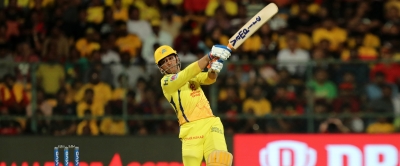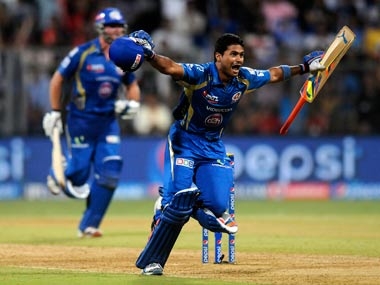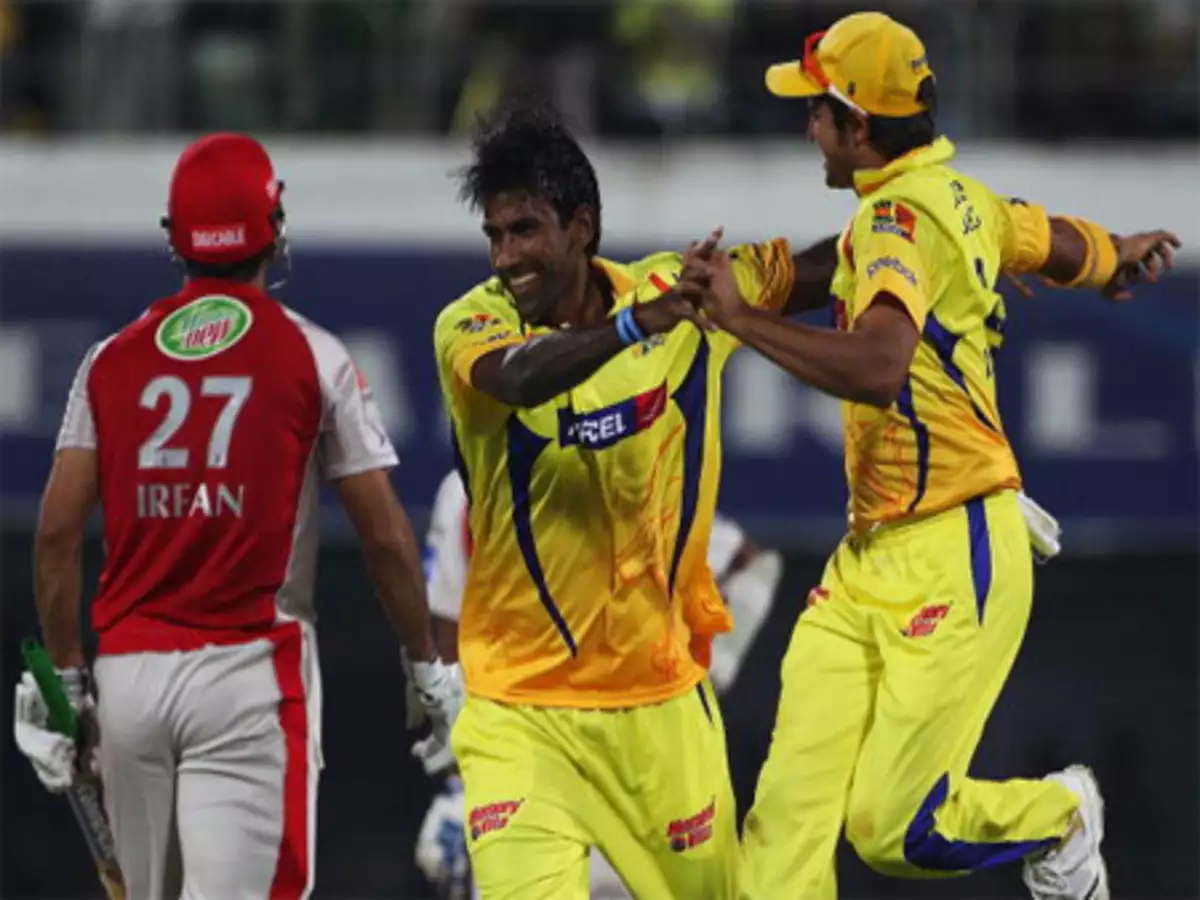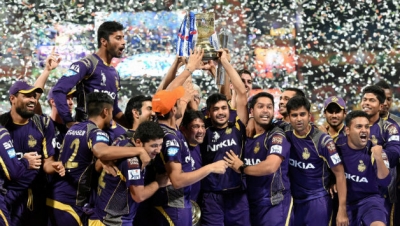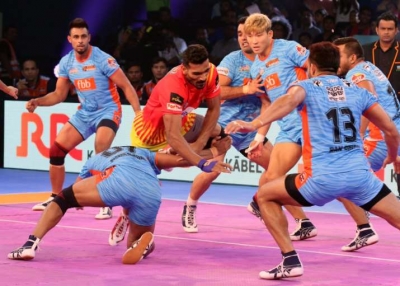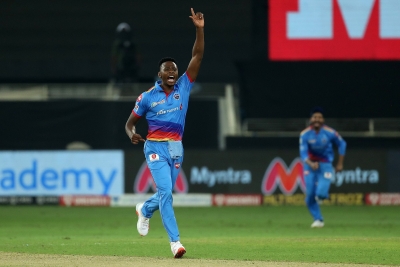What is an unusual sport?

Ever played pillow fights at home? Did you know that pillow fight is indeed a profesional sport? Let’s learn about some of the unique and unusual sports.
ZORBING
A highly adventurous sport zorbing has the participants roll inside a zorb on a slope or a levelled surface. The participants fit themselves inside the inflatable bubble or a zorb ball and have only one task at hand- that is to reach the finish line as fast as possible. The sport uses two kinds of orbs viz a hamessed orb or a non-hamessed one. While the former has a smaller in-built capacity for one or two riders at a time, the latter can carry three to four riders at a time.
CYCLE BALL
Here is another hybrid sport, where you cycle and play football. This cycling game has two opposing teams on bicycles trying to trap and navigate the ball into the goal post using just the wheels of the cycle. Cycle ball is played indoors.
CHESS BOXING
Chess is a sport that requires mental agility, while boxing tests your physical strength. Now imagine blending these two. Chess boxing is a hybrid sport that combines chess and boxing. The sport has players alternating between one round of each discipline until one of them wins in either discipline. So you either win by knockout in the boxing rounds or by checkmate in the chess rounds.
WIFE CARRYING
A sport that originated in Finland, wife carrying involves male competitors racing, with each canying a female teammate. The first wife carrying event was held in Finland in 1992. Here, the teammates are not required to be legally married. The goal is to carry the teammate through a special obstacle track. There are no restrictions on how the female teammate is carried. Piggyback and fireman's carry (over the shoulder) are the most common. The team will be penalised if the teammate is dropped.
CHEESE ROLLING
An annual race held at Cooper's Hill, near Brockworth, Gloucester, England, cheese rolling competition has the participants hurtling down a steep incline after a cheese wheel. Traditionally the cheese is made from Gloucester cattle, an endangered breed. The event is said to be based on an old tradition that dates back some 600 years. The nine-pound double cheese wheel is set in motion from the top of the incline of Cooper's Hill and the participants charge after it, sometimes rolling down and tumbling down. The sport is also one of the dangerous ones as accidents are bound to happen as the participants move down the steep gradient of the hill. The person who crosses the finish line wins. The prize is the cheese wheel.
PILLOW FIGHTING
Pillow fights are not just a fun activity you indulge in with your siblings or cousins, it's become a professional sport now. This new combat sport moved into the boxing ring in 2022, as the first-ever professional "Pillow Fighting Championship (PFC)" was held. As many as 16 men and eight women having backgrounds in mixed martial arts and boxing took part in the first edition of the showdown. As per the rules pillows made of foam are used in the combat. Here two competitors stand six feet apart and try to hit the opponent over the head as many times as possible. The pillows need to be swung single-handedly with the fights comprising only three 90-second rounds.
Picture Credit : Google
